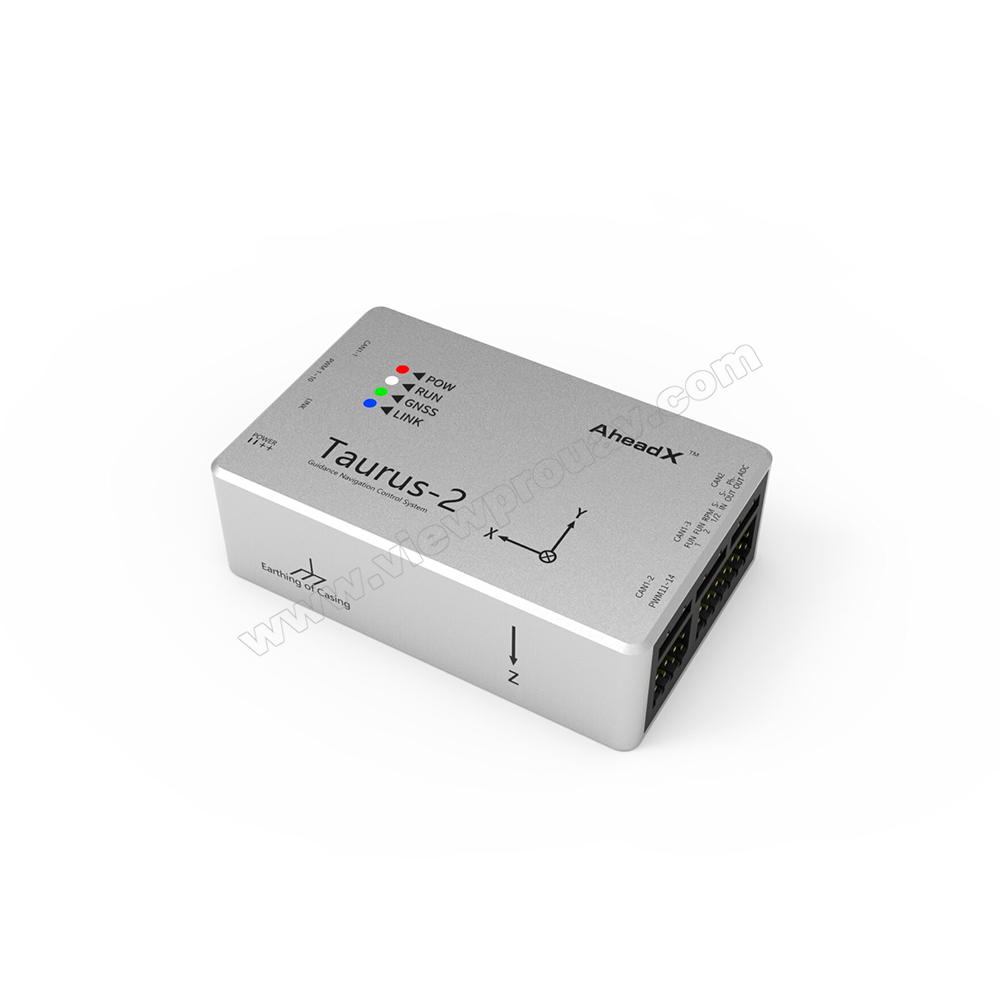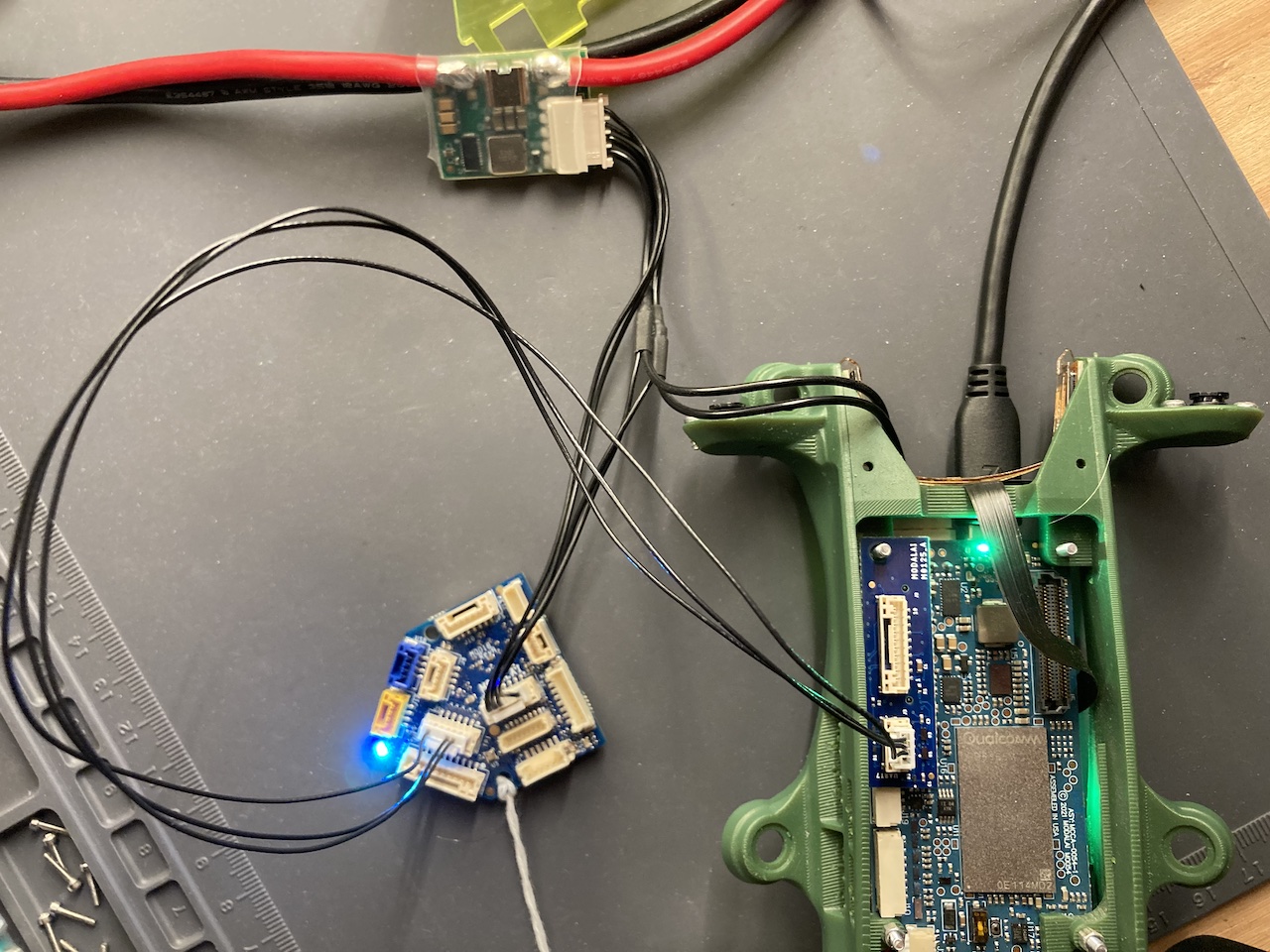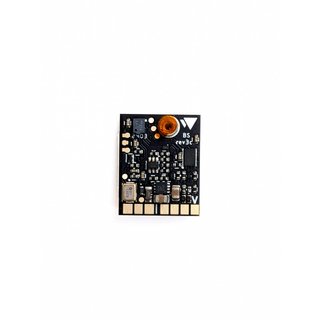Trusted Drone Navigation with SparkNavi Drone Flight Controller and GNSS/INS Made in Taiwan
Trusted Drone Navigation with SparkNavi Drone Flight Controller and GNSS/INS Made in Taiwan
Blog Article
Exploring the Role of Drone Trip Controllers in Enhancing Flight Stability and Navigation Performance
The improvement of drone modern technology has actually significantly boosted the value of trip controllers, which act as the mind of these airborne automobiles. By incorporating real-time information from a range of sensors, trip controllers boost trip stability and navigation performance, ensuring that drones can operate smoothly even in complicated settings. This conversation will discover the essential elements that add to these enhancements, in addition to the effects for the future of self-governing flight. What innovations exist in advance that could further transform the capacities of drone flight controllers?

Understanding Flight Controllers
Flight controllers are integral parts in the performance of drones, acting as the brains that manage and support flight operations. These sophisticated tools process information from different sensors, including accelerometers, gyroscopes, and GPS, to make sure that the drone preserves its designated trip course. The flight controller translates this information and implements commands based upon pre-defined formulas, making it possible for the drone to reply to ecological adjustments, such as wind or barriers.
The main function of a flight controller is to maintain security during flight. It attains this by making real-time modifications to the drone's motors and control surfaces, making certain equilibrium and control. Additionally, modern flight controllers incorporate innovative attributes such as waypoint navigating, enabling for automated flight courses and enhanced operational efficiency.
Understanding the style of flight controllers is vital for both professionals and enthusiasts. As technology developments, flight controllers have actually become a lot more qualified and portable, integrating man-made intelligence to adjust and boost decision-making procedures to intricate flight scenarios.
Trick Parts of Trip Stability
Achieving optimum trip stability in drones counts on several vital components that function in show to make certain smooth and controlled procedures. Central to this security is the trip controller itself, which processes data from different sensing units to keep the desired flight mindset. This consists of accelerometers and gyroscopes that gauge motion and orientation, enabling for real-time modifications to the drone's placement.
An additional important element is the digital rate controllers (ESCs), which manage the power supplied to the electric motors. By carefully tuning motor speeds in response to flight controller commands, ESCs help preserve balance and combat disruptions brought on by wind or abrupt activities.
In addition, the layout of the drone's structure plays a crucial duty in trip stability. A well-structured framework reduces vibrations and enhances the overall aerodynamic profile, adding to smoother trip features. Lastly, the integration of innovative formulas within the flight controller help in predictive changes, making certain a versatile and responsive flight experience.
With each other, these parts create a natural system that enhances a drone's security, permitting exact handling and boosted performance in different trip conditions.
Navigation Efficiency Techniques
Performance in navigating is important for enhancing drone procedures, especially in intricate atmospheres. Efficient navigation strategies improve the ability of drones to go across difficult terrains and prevent obstacles, therefore enhancing operational effectiveness and safety.
One famous technique is the execution of sophisticated general practitioners and inertial measurement devices (IMUs) that offer precise area tracking and positioning data. These innovations allow drones to determine optimum flight courses in real-time, considering different variables such as wind conditions and possible obstacles.
Another method entails using formulas for course planning and optimization. Formulas such as A * and Dijkstra's formula Check Out Your URL can be deployed to identify the most reliable route while reducing energy usage and trip time. Integrating maker knowing designs a fantastic read can make it possible for drones to adaptively learn from their atmospheres, improving navigating capacities via experience.

Influence On Autonomous Drones
The combination of sophisticated navigating strategies has actually greatly changed the capacities of independent drones, allowing them to operate with better autonomy and precision. SparkNavi drone flight controller and GNSS/INS made in taiwan. These improvements are largely credited to innovative trip controllers that utilize real-time information processing and sensor fusion, permitting drones to browse complex settings effortlessly
The influence on independent drones expands past simple navigating; it includes enhanced challenge avoidance, improved security during dynamic problems, and boosted objective dependability. By leveraging algorithms that integrate device understanding and expert system, drones can adjust to changing scenarios, making informed choices that maximize their flight courses while reducing dangers.
Furthermore, the implementation of robust trip controllers has promoted the implementation of complex tasks, such as airborne assessments, shipment solutions, and agricultural monitoring, with marginal human treatment. This capability not just streamlines procedures yet likewise lowers human error, consequently improving total safety and security.
Consequently, the functional extent of autonomous drones has increased considerably, making them crucial tools in different sectors. Their capacity to perform effectively in varied situations emphasizes the vital duty that progressed flight controllers play fit the future of unmanned aerial systems.
Future Patterns in Trip Control
Frequently, innovations in flight control innovation are positioned to redefine the landscape of drone procedures in the coming years. Emerging trends show a considerable change in the direction of improved expert system (AI) assimilation, making it possible for trip controllers to process real-time data a lot more efficiently. This development will assist in improved decision-making capabilities, allowing drones to adjust to dynamic environmental conditions autonomously.
Furthermore, the execution of machine discovering algorithms is expected to enhance predictive maintenance, thus decreasing downtime and extending the lifecycle of drone components. This aggressive approach to maintenance will certainly be essential as drone applications broaden throughout numerous industries, from farming to logistics.

.jpg)
Last but not least, innovations in safe and secure interaction methods will certainly address security and regulatory worries, making sure that drones can run effortlessly in overloaded airspaces (SparkNavi drone flight controller and GNSS/INS made in taiwan). Collectively, these trends point towards a future where trip control systems are not just smarter and more reliable yet additionally qualified of operating securely in a significantly incorporated airspace
Final Thought
To conclude, that site drone flight controllers are indispensable to enhancing flight security and navigating efficiency through the sophisticated handling of sensing unit data. By preserving optimum trip attitudes and using advanced algorithms for path optimization and obstacle avoidance, these controllers substantially add to the freedom and functional security of drones. As innovation remains to progress, additionally innovations in flight control systems are anticipated, guaranteeing enhanced performance and broadened abilities in the realm of unmanned aerial lorries.
By incorporating real-time information from a variety of sensors, flight controllers enhance trip security and navigation performance, guaranteeing that drones can run smoothly also in intricate settings.Trip controllers are integral parts in the performance of drones, serving as the minds that maintain and handle flight procedures. Additionally, contemporary flight controllers integrate advanced features such as waypoint navigation, allowing for automated flight courses and boosted functional effectiveness.
Central to this stability is the flight controller itself, which refines information from various sensing units to preserve the wanted flight perspective.In conclusion, drone flight controllers are indispensable to boosting flight security and navigation efficiency via the advanced processing of sensing unit data.
Report this page